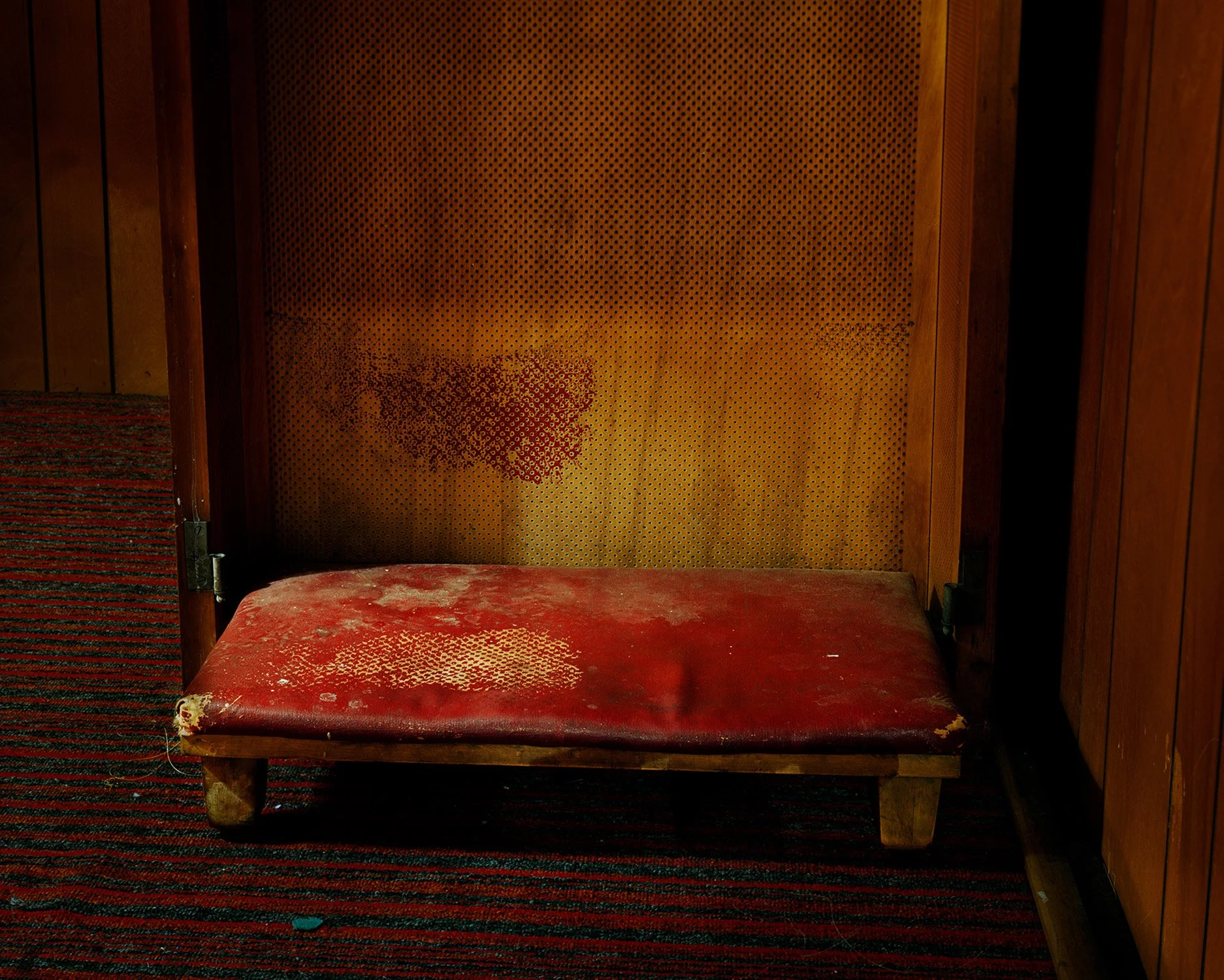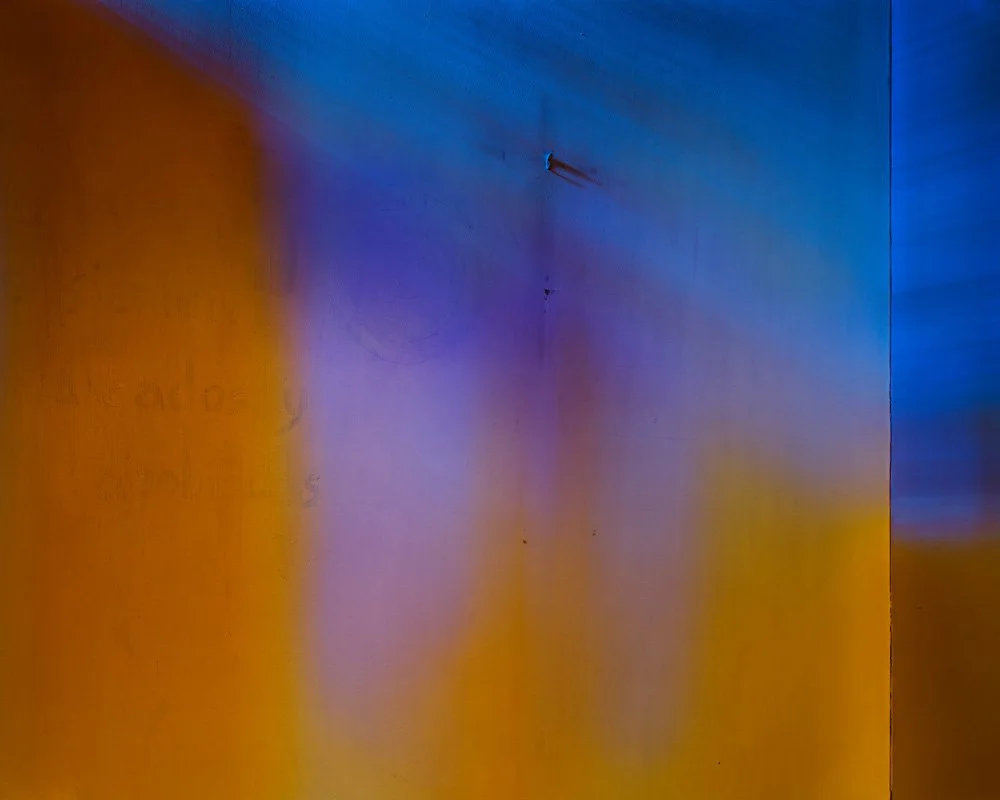Psalm 91
He who dwells in the shelter of the Most High, *
abides under the shadow of the Almighty.
2 He shall say to the Lord,
"You are my refuge and my stronghold, *
my God in whom I put my trust."
9 Because you have made the Lord your refuge, *
and the Most High your habitation,
10 There shall no evil happen to you, *
neither shall any plague come near your dwelling.
11 For he shall give his angels charge over you, *
to keep you in all your ways.
12 They shall bear you in their hands, *
lest you dash your foot against a stone.
13 You shall tread upon the lion and adder; *
you shall trample the young lion and the serpent under your feet.
14 Because he is bound to me in love,
therefore will I deliver him; *
I will protect him, because he knows my Name.
15 He shall call upon me, and I will answer him; *
I am with him in trouble;
I will rescue him and bring him to honor.
16 With long life will I satisfy him, *
and show him my salvation.
and Romans: "Everyone who calls on the name of the Lord shall be saved."
March 6, 2022
I love Psalm 91. It’s gorgeous.
And
It’s hard for me to read Psalm 91 today. It seems so obviously false, doesn’t it, to say that if you make the most high your dwelling place no plague shall come near your house, no evil shall happen to you? So laughable after two years of covid and at the beginning of another war.
But I want to believe that when I make the lord my refuge — when I dwell in the shelter of the most high — I will see God’s salvation.
Perhaps seeing God’s salvation begins by seeing sin and death.
Lent is a season in which we are invited to see things more clearly. On Wednesday, that’s how we started: by looking clear-eyed at our death and its certainty, by marking ourselves with ashes. And as we continue through the season, we see our lives — our lusts, our inadequacies, our selfishnesses — more clearly too. Fasting is a help in this — in awakening our hungers and desires through deprivation we begin to see which things we’ve been turning to and relying on for comfort —
And another way we can see our lives more clearly in this season is by taking up the practice of confession. Of course, we confess our sins every week — in thought, word, and deed,
by what we have done,
and by what we have left undone —
or in the words of the eucharistic prayer we’ll pray through lent,
We acknowledge and bewail our manifold sins
and wickedness—
And we hear from Vicar Lauren the words of absolution, of forgiveness in Christ.
And perhaps you also confess your sins in personal prayer to God on a daily basis.
But besides corporate confession (when we do it together) and personal confession, we have a third practice for confessing sins — the practice of private confession in the company of a priest.
And now I will confess to you that this is something I’ve never done. Growing up resolutely Protestant, I had a romantic infatuation with the idea of private confession. It was the stuff of stories for me, I liked to imagine myself, or some more dramatic version of myself, in a confessional, but— Theologically I didn’t understand it: I thought that Catholics confessed to a priest and that they did so because they didn’t believe that they could speak directly to God. Or I thought that they went to confession so that they could earn forgiveness by doing the acts of penance assigned to them by a priest.
These, of course, are not accurate reflections of a Catholic — or Episcopal —theology of confession. We practice private confession in the company of a priest for a simple reason: sometimes you need to say aloud the worst things you’ve done or thought or said and you need to hear the person who has witnessed your confession tell you that you’re not too far gone for God’s love to reach you.
And sometimes you need to unfold aloud the more ordinary sins that you’re stuck in, and hear that God forgives that, too.
Sometimes you need to speak it and To have it pronounced forgiven by an audible voice, just to help you believe in the invisible one who is there too, the one who offers that forgiveness.
But even before that — even before confessing in the company of a priest — scheduling that confession is an invitation to a kind of self-examination that we tend to avoid. as i’ve thought about scheduling my first confession, i’ve realized that Half the time, I’m not sure what to confess. Some things are easy — my pride, my apathy — and then there are tangles of desires and what I do with them that I don’t know how to diagnose. I don’t know if they need to be confessed, or not. But if I knew that i were going to confession, I would give some time to looking at the things in my heart that confuse me.
When I was in junior high, I wasn’t allowed to watch PG-13 rated movies. But of course sometimes I went to sleepovers and my friends, all ensconced in our sleeping bags, turned on PG-13 rated movies. My solution in this scenario was to pretend to fall asleep, so that I could plead innocence to my parents if I needed to. (Years later I found out that my sister had used the same strategy, though we’d never discussed it.) And maybe it’s not a bad strategy. But I think it’s also how I treat my sin, sometimes. I just pretend to be asleep to it so that I don’t have to deal with it.
We practices honest self examination, and then confess to God in the company of a priest in the hopes that we might see ourselves—and the goodness of God—a bit more clearly.
Confession, I am beginning to think, is a way of dwelling in the shelter of the most high, and learning to see God’s salvation
Vicar Lauren is offering to hear individual confessions throughout Lent — you can find more information about that in the bulletin today, or talk to Lauren about it — and I hope you’ll consider it.
Santa Barbara, S. Billie Mandle
Nothing has helped me think about confession more clearly than the artwork of Billie Mandle. Mandle — a photographer and a professor at the Massachusetts College of Art and Design — devoted ten years to a project photographing confessionals — those small spaces in (mainly) Catholic churches where a person can come and confess her sins to a priest while both remain hidden from each other’s sight.
Mandle is a queer woman who grew up in the Catholic church — a church that is not affirming of her sexual identity — and she took these photos in the decade after 2007, after a set of sexual abuse and coverups within the catholic church came to light — so when I first encountered her artwork I expected the photos to be cynical, or angry. But that’s not what I found.
The images, collected in a book called Reconciliation, are about light, and what the light reveals. You’ve got a couple of them printed in your bulletin if you want a taste. Listen to how Mandle describes her process:
She says she’ll go into a confessional, and set up a large format camera — a camera that doesn’t use a flash, but photographs with available light over a longer period of time, say 30 minutes. She sets up the camera and walks away.
The images are lit over duration — the way time and light unfold transforms the spaces. Mandle says “there would often be these surprises that would be in the confessional” when she printed the pictures — light in the shape of a cross, water stains, dirt and grime, richer color…For her, the long-exposure images did what sacraments do: they made grace visible, tangible. They revealed beauty created by exposure to the light.
Lent can be our long exposure camera.
Because this is also what the practice of confession can do for the Christian: to expose our sins to the light is to allow Christ to make them beautiful: to see them as a happy fault, a disaster that brought redemption, that brought a more perfect perfection than that which existed before the fall.
As the Christian sits in the place of confession, admitting need, exposing himself to the Light of God, he doesn't just experience forgiveness — he is able to see himself anew. As he sits with his sin and with Jesus, the light exposes the damage of sin, the water stains and the torn linoleum and the worn fabric and the peeling plaster, as occasions for beauty.
Dwelling here with our sin, in the shelter of the most high, we find salvation.
In these images, no residue of the confessed sins remains. Only the light, and an invitation to play with the light, to learn from long experience with it how it transforms a place. How it transforms you.
Billie Mandle found her ability to see transformed through the course of making this collection. “At the beginning,” she says, “the images were a little bit more literal, and I was a little bit more tentative...And as the project went on, I felt more license to abstract the spaces, to play with the light… towards the end, I could see a dark space and I knew exactly what the light was going to look like.”
Saint Joseph, S. Billie Mandle

